A Frequently Yawning Rough Green Snake (Opheodrys aestivus)
This beautifully bright green snake is a master of disguise. Although they are fairly long (can be up to 81 cm) it is almost impossible to notice them unless you have been curiously scanning the vegetation with a purpose. The Rough Green Snake (Opheodrys aestivus) is behaviorally very docile. It must be a slow day for this particular individual since s/he was frequently yawning. The observation was recorded on 9th of September 2012 at the Georgia State Botanical Garden in […]

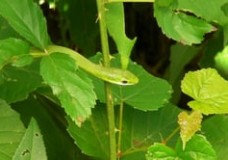
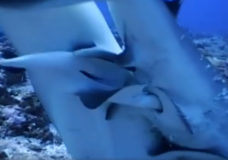
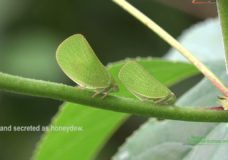

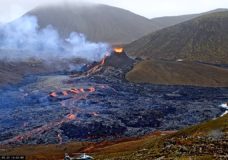
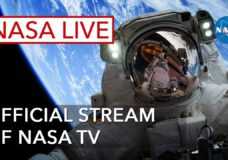


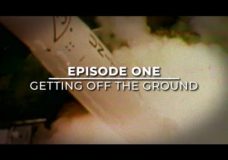

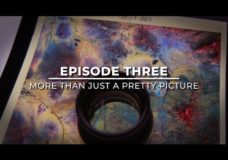
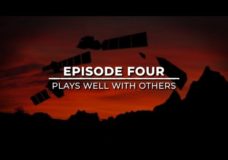




Recent Comments